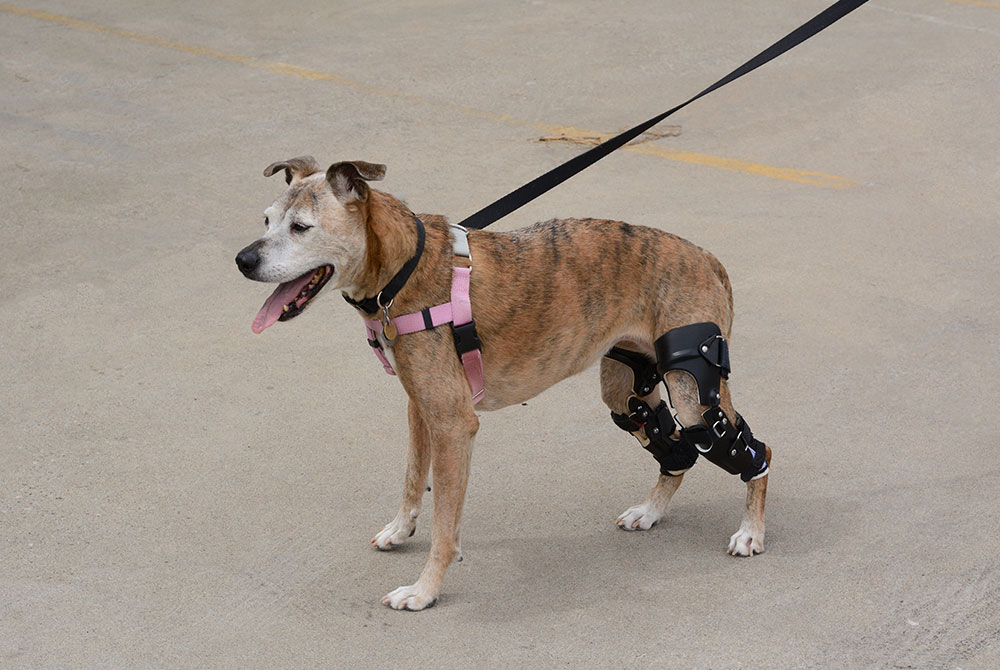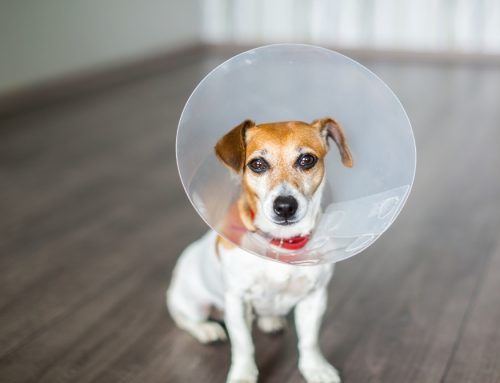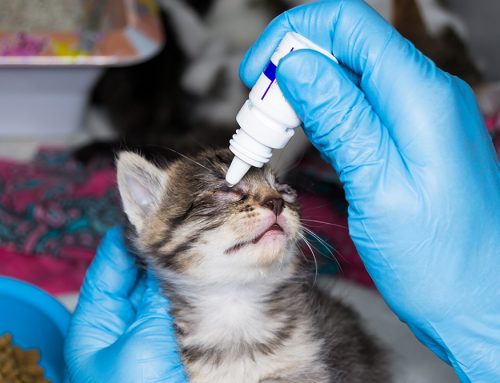At Mission Veterinary Clinic, located in the heart of the San Fernando Valley, we understand how distressing it can be when your beloved pet suffers from an injury. One of the most common orthopedic injuries we see in dogs is the rupture of the anterior cruciate ligament (ACL). This condition can cause significant pain and mobility issues for your pet, but with the right care and treatment, your dog can return to an active, happy life.
What is an Anterior Cruciate Ligament (ACL) Rupture?
The anterior cruciate ligament (ACL) is one of the crucial ligaments within the knee joint of dogs. It connects the thigh bone (femur) to the shin bone (tibia), stabilizing the knee joint. An ACL rupture occurs when this ligament is partially or completely torn, leading to instability in the knee. This injury is similar to the ACL injuries seen in humans and is often caused by trauma, sudden twisting movements, or degenerative changes in the ligament over time.
Signs and Symptoms:
If your dog has suffered an ACL rupture, you may notice the following symptoms:
- Lameness or limping: Your dog may avoid putting weight on the affected leg.
- Swelling: The knee may appear swollen or thickened.
- Pain: Your dog may show signs of discomfort or pain, especially when the knee is touched or manipulated.
- Difficulty rising or jumping: Dogs with ACL injuries often struggle to get up from a lying position or to jump.
Diagnosis:
At Mission Veterinary Clinic, our experienced veterinarians can diagnose an ACL rupture through a combination of physical examination, manipulation of the knee joint, and imaging studies such as X-rays. In some cases, advanced imaging like MRI may be recommended to assess the extent of the injury and to plan appropriate treatment.
Treatment Options:
The treatment for an ACL rupture varies depending on the severity of the injury and the size of your dog. Options include:
- Conservative management: In some cases, especially for small dogs or those with partial tears, rest, anti-inflammatory medications, and physical therapy may be recommended.
- Surgical intervention: For complete ruptures or larger dogs, surgery is often the best option. Several surgical techniques are available, including Tibial Plateau Leveling Osteotomy (TPLO), Tibial Tuberosity Advancement (TTA), and lateral suture techniques. The goal of surgery is to stabilize the knee joint and prevent further damage.
Recovery and Rehabilitation:
Post-surgery, your dog will need time to heal and may require physical therapy to regain full mobility. It’s essential to follow your veterinarian’s advice on activity restrictions, pain management, and rehabilitation exercises to ensure the best outcome for your pet.
Why Choose Mission Veterinary Clinic?
At Mission Veterinary Clinic, we are dedicated to providing urgent care to pets in need. Our walk-in clinic, located at 16915 San Fernando Mission Blvd, Granada Hills, CA 91344, offers expert care without the need for an appointment. Whether your dog is suffering from an ACL rupture or another urgent condition, our team is here to help.
For more information or to seek urgent care for your pet, please visit us or call us at 818-363-8143.










Leave A Comment